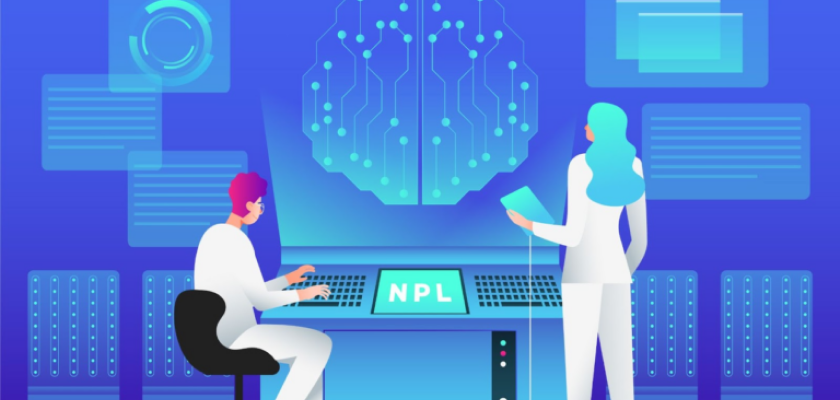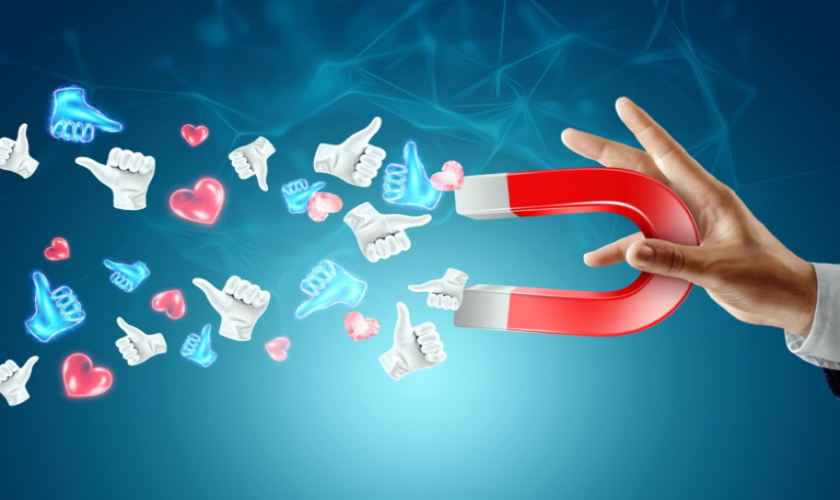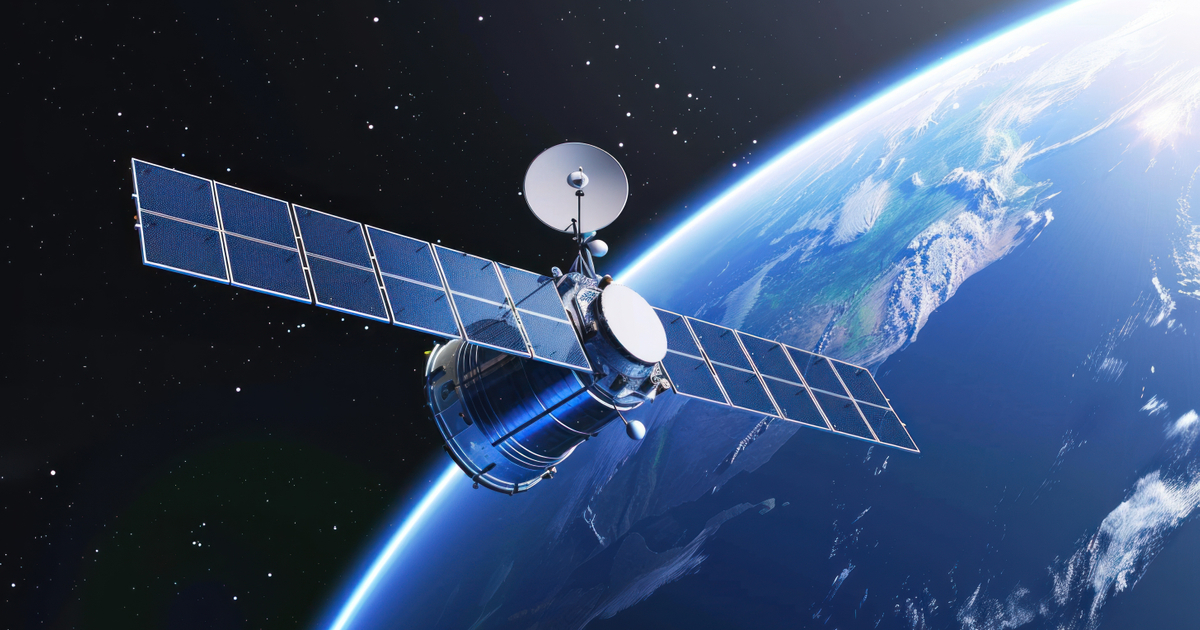The Future of Digital Advertising: Predictions and Possibilities
Welcome to the exciting convergence of data science, artificial intelligence, and digital marketing strategies that is changing the future of advertising. We see an influx of technological developments in this digital age, from new ad formats and white labeling...

Welcome to the exciting convergence of data science, artificial intelligence, and digital marketing strategies that is changing the future of advertising. We see an influx of technological developments in this digital age, from new ad formats and white labeling to augmented reality (AR) commercials and connected TV (CTV) ads.
Programmatic advertising and the increase of first-party data have made cookieless targeting techniques possible at a time when data privacy and cybersecurity are given top priority. With the growth of the Internet of Things (IoT), businesses use AI for creating content, predictive analytics, and marketing data collection.
In this blog, we will outline the key points you need to know about the future of digital marketing and look at what the future holds.
So, buckle up for a journey into the future of digital advertising as we unravel the opportunities and predictions shaping this exciting field. Let’s dive in!
Embracing the Digital Marketing Revolution: Strategies for the Future
Welcome to the brave new world of digital advertising, where combining data science and AI has produced a landscape ripe with possibilities. The future is filled with cutting-edge tactics and new trends poised to transform the advertising sector completely, thanks to the advent of the digital marketing revolution.

The use of machine learning and deep learning, two subsets of AI, is one of the most revolutionary innovations in redefining digital advertising. They drive new ad forms, delivering a previously unheard-of level of context knowledge and personalization. These technologies give marketers the ability to forecast future trends, comprehend consumer behavior, and maximize the impact of campaigns in conjunction with predictive analysis.
Big data, neural networks, and data analytics are paving the way for a more data-driven approach to advertising. Brands may use these technologies to mine enormous volumes of data, gain insights, and come to conclusions that align with the requirements of their customers. Campaigns can now be more precisely targeted and uniquely tailored because of the rise of first-party data, which is motivated by data privacy requirements.
By integrating natural language processing and computer vision, digital marketers may improve their content generation, making it more exciting and relatable to the audience. These technologies are also essential to the emerging trend of AI-generated content, which will revolutionize 2023’s trends in content marketing.
Transforming Digital Advertising: The Changes to Expect
One thing becomes apparent when discussing the future of digital advertising: it’s all about change.
Marketing professionals must anticipate and adjust to the shifting tide of the digital ad scene, much like a surfer waiting for the next big wave. And in 2023, that wave will be all about using the power of innovations like Big Data, Machine Learning, and Artificial Intelligence.

Science fiction films no longer feature AI and ML. They are significantly influencing how digital advertising is changing. Imagine this: AI-driven creation of content creates engaging, customized material for your audience while taking into account their preferences, actions, and online activity. It’s not just a fantasy; it’s happening right now.
New ad types made possible by ML and Deep Learning are causing a stir in customization. These technologies propel the shift toward personalized campaigns and programmatic advertising by delivering advertisements that connect with the intended audience and boosting engagement and conversion rates.
Let’s also keep data in mind💡 These technologies run on Big Data, which is processed by Data Analytics, the fuel that powers them. Marketing professionals may now employ predictive analytics to foresee user behavior and market trends, allowing them to tailor their digital marketing tactics for optimal impact.
How does ad placement work? Here we have geofencing and product placement based on location. These technologies will play a more significant role in non-cookie targeting strategies as more devices are connected to the Internet of Things, improving the relevance and accuracy of advertising.
The future of digital advertising is video📽️ Visual content is king in everything from Connected TV advertisements to emerging trends in video marketing. Additionally, virtual and augmented reality advertisements are being added to the throne. These immersive ad styles are raising the bar for user interaction.
Innovations in Ad Formats: The New Face of Digital Ads
Let’s be honest: the digital ad landscape of 2023 needs to be recognized from what it was a decade ago. Innovations are taking center stage, reshaping how marketers interact with consumers and driving the future of digital advertising. So, what’s fueling this transformation? The answer is a blend of data science, AI, and a host of groundbreaking ad formats.
First, let’s tackle the elephant in the room – AI. AI’s role in digital advertising is multifaceted, but content creation is one area where it shines exceptionally bright. Through AI-generated content, marketers can craft targeted, personalized campaigns that resonate with audiences on a deeper level.
Next on the docket is the evolution of video marketing trends. The dominance of traditional video ads is being challenged by Connected TV ads, which revolutionize how consumers engage with content. Through CTV ads, marketers can reach audiences in their living rooms, turning passive viewing into an interactive experience.

But the innovation continues beyond there. Augmented Reality (AR) and Virtual Reality (VR) ads are taking digital advertising into a new dimension. These immersive ad formats are not just about selling a product or service; they’re about creating unforgettable experiences that consumers can step into.
The Power of Video: Trends and Predictions in Video Marketing
AR and VR: The Next Frontier in Video Marketing
Improvements in technology in augmented reality and virtual reality will influence the state of video marketing in 2023. These immersive experiences allow advertisers a fresh platform to convey stories and interact with viewers, enhancing the impact and personalization of the viewing experience.
Connected TV Ads: The New Living Room Billboard
Connected TV (CTV) advertisements are picking up steam quickly. With more people than ever streaming content, CTV advertising gives advertisers a new way to connect with consumers in their living rooms by providing customized content based on their viewing patterns.
Transformations in Video Ad Formats
We are witnessing changes in video ad forms as digital advertising continues to develop. Short, snackable content is growing in popularity, particularly on social media platforms like Instagram and TikTok. To keep the interest of digital natives, who have a short attention span, brands are experimenting with vertical video, stories, and even shorter types.
TikTok Influencer Marketing: The Rise of Micro-Influencers
Speaking of TikTok, the platform is experiencing a new era in influencer marketing. Marketers collaborate with micro-influencers to produce authentic and relatable content rather than relying on well-known celebrities. Brands may increase engagement rates and build relationships with niche communities by using this TikTok influencer marketing strategy.

AI in Video Content Creation: The Future is Here
In 2023, using AI to create content will not just be possible but a reality. The video marketing industry is revolutionizing due to AI-generated content that includes specific video recommendations, intelligent video editing, and automatic subtitles.
Influencer marketing is expected to play a bigger role in digital advertising strategies. By adjusting to these trends, brands can use influencer marketing potential to market their goods and services in new and efficient ways.
Micro-Influencer Marketing: The Power of Niche Influence
Influencer marketing will focus on different things in 2023 than just famous people with huge followings. Instead, the focus is on micro-influencers, who have a more modest but intensely focused and engaged following. Because of their reputation for being trustworthy in their communities, they provide excellent results. Working with these micro-influencers allows firms to develop tailored advertising strategies that appeal to particular target segments.
Influencer Marketing and AI: A Match Made in Heaven
AI, which employs data analytics and predictive analysis to help marketers choose the most effective influencers for their campaigns, is changing how influencer marketing is done. Additionally, AI aids in creating content, and the content it generates presents unique chances for collaboration between brands and influencers.
The Rise of Video in Influencer Marketing
Influencer marketing trends for video in 2023 indicate a substantial change in favor of video content. Influencers are using video to produce compelling content that connects brands with their target audience, whether it’s short-form content on TikTok, Instagram reels, or long-form content on YouTube.
Influencer Marketing and Data Privacy: Balancing Promotion with Protection
Data privacy issues are becoming more and more of a problem as influencer marketing expands. Influencers and brands must strike a delicate balance between audience privacy and customized marketing. This involves following data privacy rules and being open about collaborations.
Direct-to-Consumer Advertising: Influencers Lead the Way
Data privacy issues are becoming more and more of a problem as influencer marketing expands. Influencers and brands must strike a delicate balance between audience privacy and customized marketing. This involves following data privacy rules and being open about collaborations.

Direct-to-Consumer Advertising: The Future of E-commerce
DTC advertising, powered by cutting-edge technologies, is reshaping the future of e-commerce. This is a space to watch closely as we venture into the digital age.
Harnessing Data Science and AI for DTC Advertising
Direct-to-consumer advertising will rule the e-commerce market in 2023. Brands increasingly use data science and AI to develop consumer-relevant customized strategies. E-commerce platforms can give customized product recommendations thanks to AI-powered marketing, predictive analytics, and data collection. This has completely changed how brands interact with their target audiences.
New Wave of Personalization: Augmented Reality in E-commerce
The growth of augmented reality (AR) has created new opportunities for DTC advertising personalization. To bridge the gap between online and physical shopping experiences, consumers may now virtually try on things or view furnishings in their homes.
Empowering E-commerce with First-Party Data
DTC advertising is increasingly based on first-party data. A thorough understanding of their customers gives businesses the opportunity to create targeted marketing, effective retargeting campaigns, and practical location-based product placements.
The Intersection of Programmatic Advertising and E-commerce
In DTC advertising, programmatic advertising is also causing a stir. E-commerce platforms ensure the correct ads are delivered to the right audience at the perfect moment, increasing conversions and revenues through real-time bidding and AI-powered ad placements.
In-house Ad Tech and the Rise of White Label Solutions
Many businesses are bringing ad tech in-house as e-commerce continues to develop. White labeling, in particular SmartyAds White Label solutions, allows companies to create their own branded goods, boosting their brand recognition and gaining more loyal clientele.
AI and Content Creation: The Changing Face of Digital Creatives
In 2023, Artificial Intelligence has morphed into an indispensable tool for content creation. Combining AI, Machine Learning, and Natural Language Processing has opened up a world of possibilities, enhancing creativity and efficiency in digital advertising.

With the now world-famous ChatGPT, creating content and designing it the way you want is very easy. Several social media platforms are trying to implement AI assistants in their interfaces. This means that we will now be able to share posts according to the style of each social media platform. All we need is to give the right prompts.
Ai does the rest. Let’s also note that if you want to make a visual of your dreams as a post or banner, you can use tools like Midjourney or Canva. If you want to create a post for social media, you can do it quickly.
Looking Ahead: The Future of Digital Advertising
As we navigate the digital age, AI, ML, and Data Science are at the helm of the digital advertising revolution. New ad formats, direct-to-consumer strategies, and AI-generated content are shaking up the industry.
The rise of AR, VR, and IoT promises an immersive future, with ethical considerations like data privacy and cybersecurity becoming increasingly critical. As we journey forward, we remain poised for constant evolution, innovative strategies, and new frontiers in digital advertising.

 Tfoso
Tfoso 

































